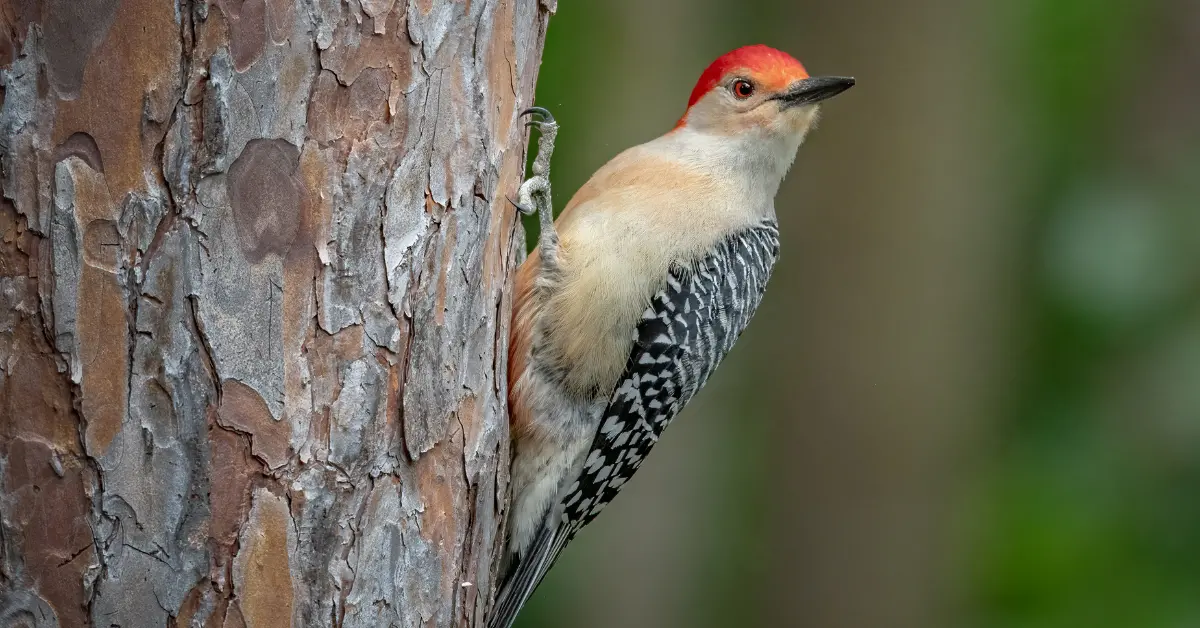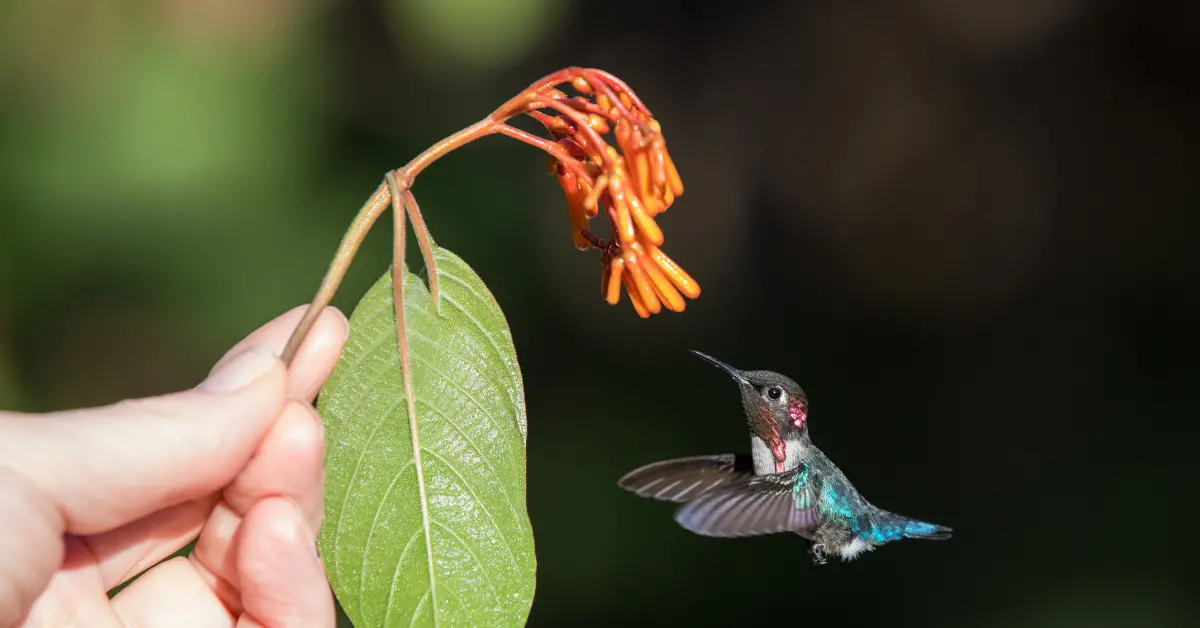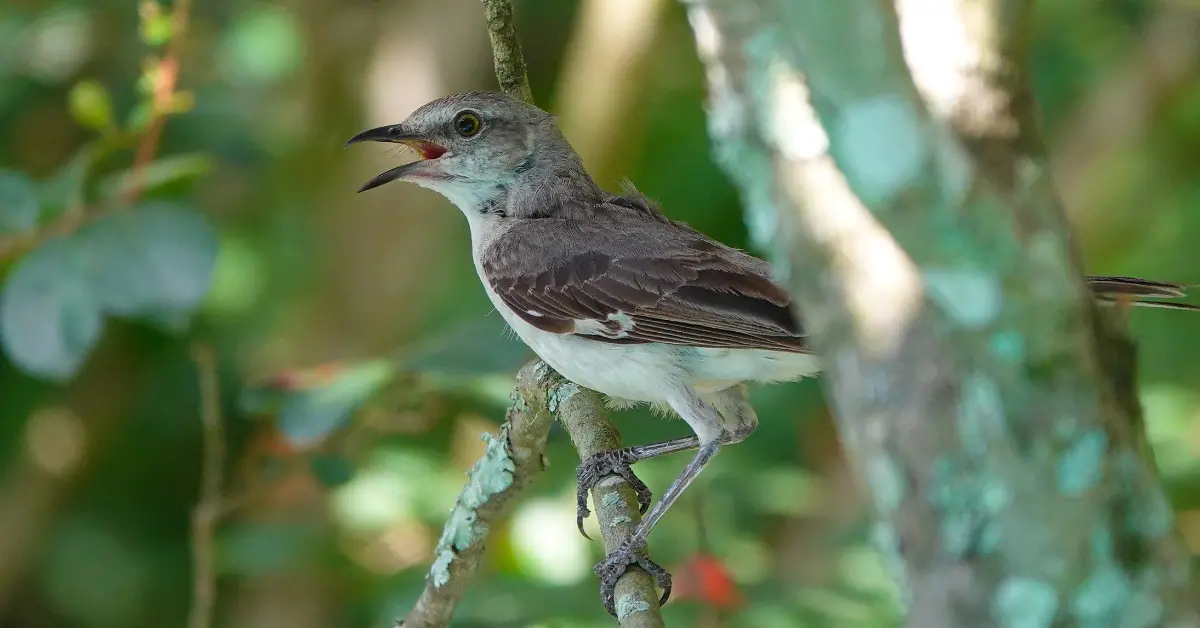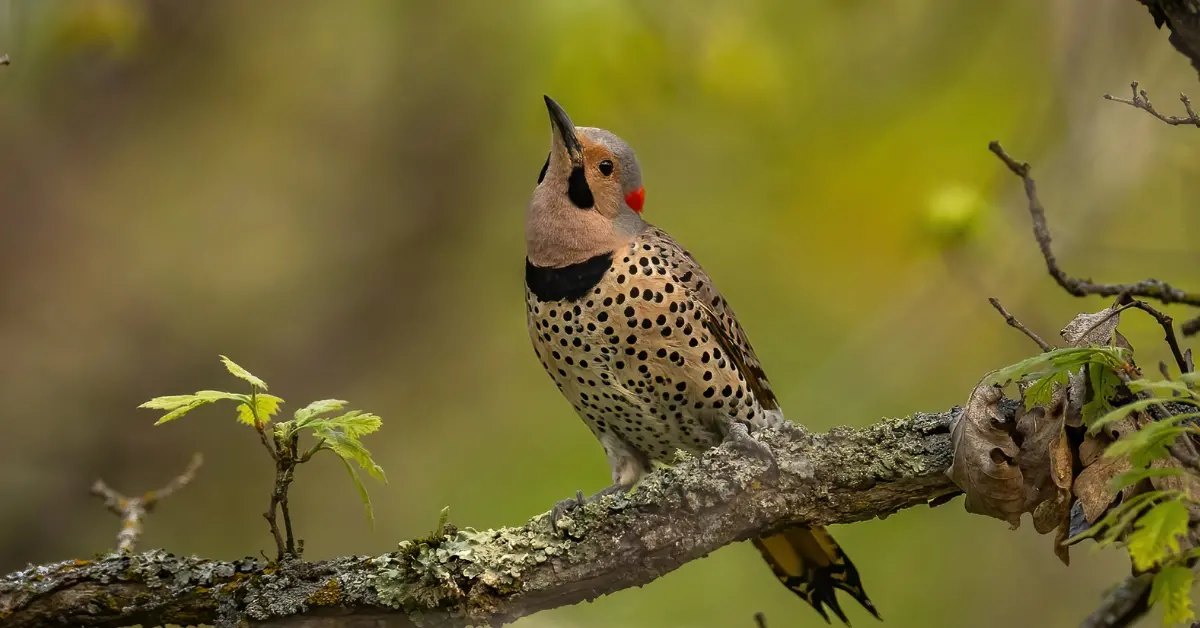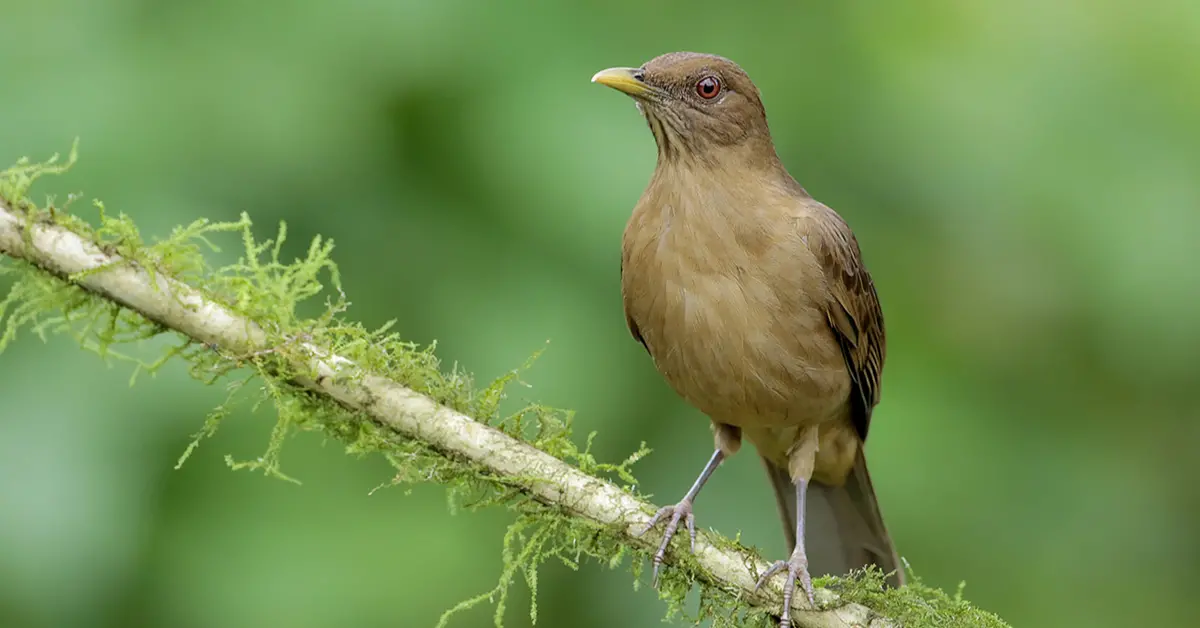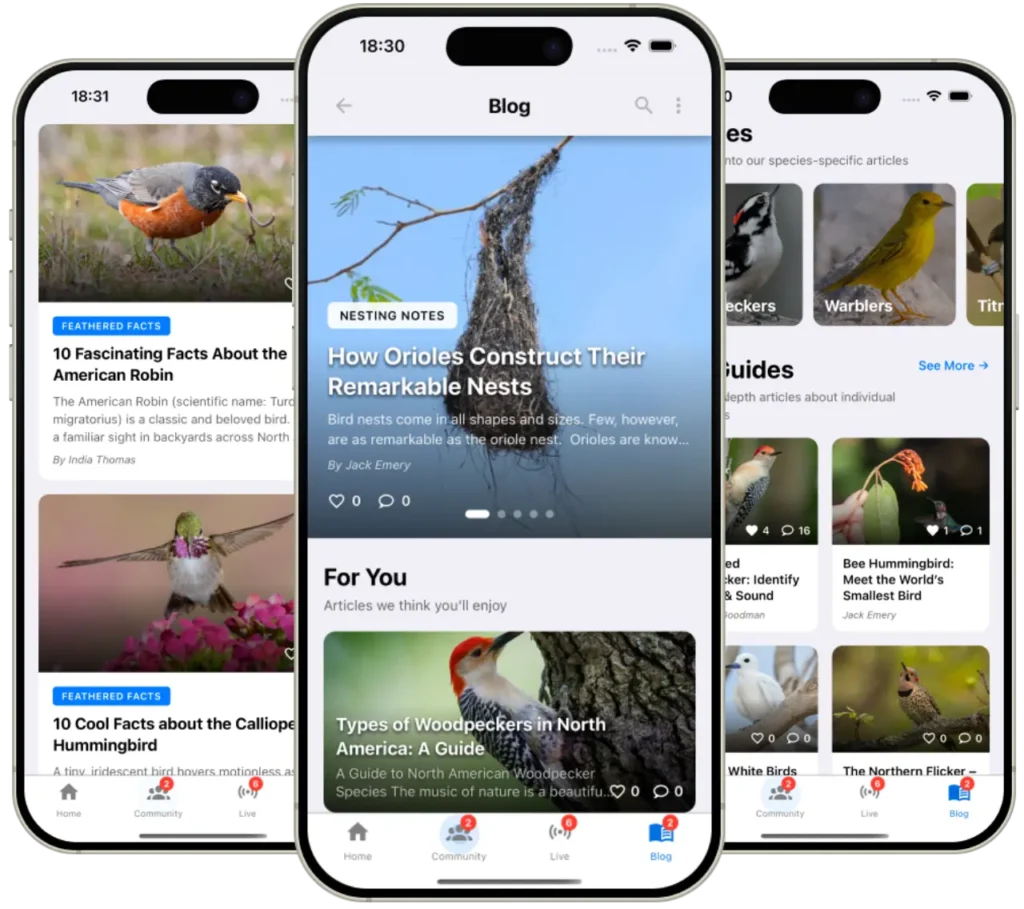Ask a room full of U.S. birders about feeders and you’ll get everything from misty-eyed joy (goldfinches on nyjer at breakfast!) to stern warnings about disease and unintended consequences. So let’s do what good naturalists do: step back, look at the evidence, and keep our cool—binoculars in one hand, feeder brush in the other.

The upside: survival boosts, resilience, and the joy factor
When the weather turns mean, a well-run feeder can be a literal lifeline. In classic North American work on Black-capped Chickadees, birds with winter access to supplemental food had much higher overwinter survival—69% versus 37% for unfed birds—with the biggest gains during severe cold snaps. That’s not a rounding error; that’s life or death. ESA Journalsaldoleopold.org
Health can improve too. A multi-year U.S. study comparing fed and unfed sites found birds at feeders tended to show better body condition, lower physiological stress, and stronger innate immunity. (Caveat incoming in the next section.) PMC
And the “dependency” worry? Radio-tag studies on chickadees suggest birds stay savvy foragers; they don’t become helpless if the buffet closes, at least in winter. In other words, they like your sunflower hearts—but they’re not forgetting how to find food. Newsroom
Feeders also shape who shows up in our neighborhoods. In the U.S., provisioning has likely helped some species expand northward, like Northern Cardinals and Carolina Wrens—part habitat change, part free calories. Whether you think that’s good or not, it’s real. U.S. Fish and Wildlife Service

My favorite “humans changed birds” twist? Recent work in California shows that Anna’s Hummingbirds have literally shifted bill shape over the last century, with longer, more tapered beaks linked to the rise of backyard nectar feeders—and the species’ dramatic range expansion along the West Coast. Evolution, right at the kitchen window. PubMedAudubon
The downside: disease, collisions, and predator hotspots
Here’s where we need to be adults about it.
Disease spreads where birds crowd
Feeders concentrate birds, and crowded birds share pathogens. We’ve had painful reminders:
- Salmonella outbreaks (notably the big 2020–21 pine siskin irruption) prompted health advisories—including from CDC—to pause feeding, deep-clean equipment, and manage spillage. CDC ArchiveCDC
- The long-running House Finch eye disease (Mycoplasma gallisepticum) first detected in the mid-1990s spread across North America—again, close contact at feeders helps diseases hop between hosts. All About BirdsFeederWatch
Bottom line: feeders can bolster individual health and amplify disease risk if hygiene slips. Both things can be true. PMC
Windows: the invisible killer
If you feed, you’re responsible for your glass. U.S. estimates now put window collisions at up to ~1 billion bird deaths annually. The fix is straightforward: treat the glass (patterns on the outside that follow tight spacing rules) and place feeders either very close to windows (<3 ft/1 m) or well away (>30 ft/9 m) to avoid high-speed impacts. New guidance suggests using 2-inch spacing (horizontal or vertical) for most markers to protect even hummingbirds. U.S. Fish and Wildlife ServiceAll About BirdsNational Park Service
Predator dynamics

Feeders can create ambush points. In suburbia that’s often Cooper’s and Sharp-shinned Hawks doing exactly what hawks evolved to do. Smart placement—near dense cover for quick escapes, not in open “runways”—keeps things fair. (And if you’re also managing outdoor cats, thank you.) Penn State
The plot twists: not all “help” helps, and details matter
A few studies (many from Europe, but instructive) found that the type and timing of food can nudge breeding outcomes—sometimes negatively—likely via nutrition mismatches or survival of poorer-condition individuals that later struggle to fledge chicks. U.S. synthesis work echoes the theme: effects vary by species, season, and diet. Translation: what you offer matters, and “more fat, all winter” isn’t a universal recipe. Natureconservationevidence.com
At the community level, feeding can favor generalists and seed-eaters, subtly reshaping urban bird assemblages. That’s neither inherently good nor bad—but it’s a reminder that feeders are ecological levers, not decorative lawn ornaments. PMC
So…are feeders helping or harming?
Short answer: both are possible. Feeders are tools. Used well, they buffer birds through tough spells, connect people to wildlife (which drives conservation), and even contribute to fascinating natural experiments like the hummingbird story. Used poorly, they spread disease, magnify collision risk, and turn into predator traps.
The question isn’t “feed or don’t feed.” It’s how to feed well in the U.S. context.
Feed like a pro: a U.S.-centric, evidence-based playbook

1) Hygiene is non-negotiable
- Scrub and disinfect feeders and birdbaths regularly—weekly is a good baseline; clean immediately if food gets wet or you see sick birds. If illness appears, take feeders down for 2–4 weeks, clean thoroughly, rake up spillage, then restart. Keep surfaces where birds stand off the food (flat trays are riskier). AudubonFeederWatch
2) Make your glass safe first, then place feeders well
- Treat problem windows with exterior markers that meet the 2″ x 2″ (or 2″ x 4″) spacing rule; then hang feeders <3 ft or >30 ft from glass. If you can only do one thing today, address the windows. National Park ServiceBirds, Cornell Lab of Ornithology
3) Offer the right foods, the right way
- Quality black-oil sunflower, sunflower hearts, fresh nyjer, and species-appropriate suet in cold weather are reliable staples. For hummingbirds, stick to 1:4 sugar-to-water, no dye, and change nectar often in heat. (Red plastic on the feeder is plenty of color.) AudubonAll About Birds
4) Design for quick getaways, not ambushes
- Give birds nearby cover (shrubs within a short hop), avoid long, exposed approaches, and accept that raptors happen. Move feeders if you notice repeated ambush patterns. Penn State
5) Track local advisories
- During disease outbreaks (e.g., Salmonella in irruption years) or regional avian flu guidance, follow agency advice—even if that means pausing feeders. CDC ArchiveCDC
6) Think beyond the feeder
- Native plants, messy corners, seedheads in winter, water features with moving water—these are the long game. Federal and NGO guidance also reminds us that while we love feeding, wildlife feeding carries responsibilities; do it thoughtfully. U.S. Fish and Wildlife ServiceAudubon
Final thoughts (and a friendly challenge)
If you came for a verdict: bird feeders are net helpful when we run them well—hygienic, glass-safe, thoughtfully placed, nutritionally sensible, and paired with real habitat. They’re net harmful when we ignore those responsibilities.

So keep the joy and ditch the risks. Clean often. Treat windows. Offer good food. Watch local advisories. Plant that serviceberry you’ve been eyeing. Because the best “feeder” in your yard is still the one with roots—and your hopper is the winter safety net that helps your backyard birds make it to spring. U.S. Fish and Wildlife ServiceESA JournalsPMCAudubonCDC Archive

